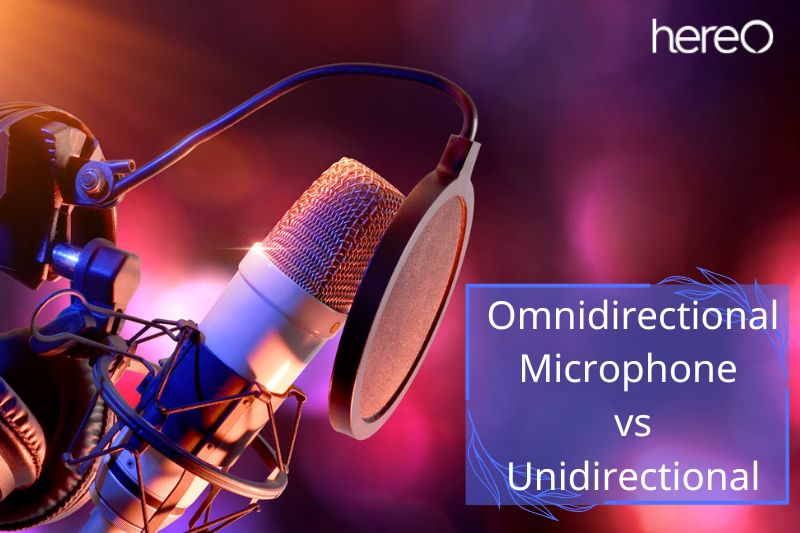If you’re struggling to decide between unidirectional and omnidirectional microphones for your project, rest assured that you’re not the only one. As the name implies, an omnidirectional microphone captures sound from all angles. A unidirectional microphone is made to only pick up sound coming from in front of it while rejecting sound coming from the sides.
In this article, we will look at the difference of omnidirectional microphone vs unidirectional.
Contents
What Are Unidirectional and Omnidirectional Microphones
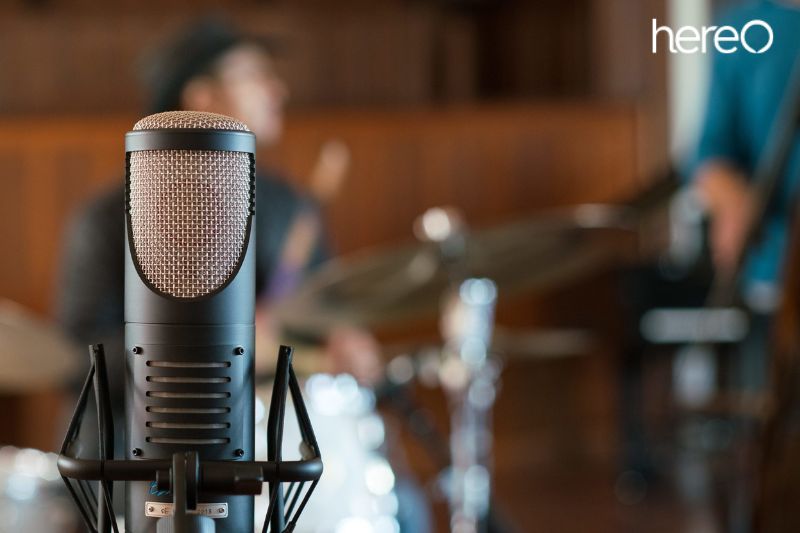
Omnidirectional Microphone
Omnidirectional microphones pick up sound from all directions, allowing you to hear everything around them with equal gain.
Omnidirectional microphones are the best choice for situations requiring simultaneous recording of many voices or instruments, such as public speaking, conferences, lectures, meetings, etc. because they pick up sound equally from all directions.
You might be live streaming a conference that is taking place in a large auditorium, for instance. If you want to record the speaker as well as other sounds like clapping and laughter for editing, an omnidirectional microphone will be helpful.
An omnidirectional microphone would be the ideal choice for this. Omnidirectional microphones may clearly pick up the voice as well as other background noises in the room, such as the shuffling of papers (nail clipping), typing sounds on the keyboard, the shuffling feet of the audience, etc.
Unidirectional Microphone
This kind of microphone captures sound coming from the top of the device. In essence, it only picks up very little sound from the sides and nearly no sound from the back. The sound source must be directly in front of this sort of microphone.
The unidirectional mic’s pickup pattern can be thought of as having a heart shape. This microphone is also known as a cardioid mic for this reason. A unidirectional microphone typically requires some level of expertise and practice to use well.
When recording voice or instrumental files, the pickup pattern of the unidirectional mic should only capture the sound source, preventing the polar pattern from picking up any other sounds coming from other directions.
The range of the pickup pattern is larger than that of omni-directional microphones, and the sounds will only be picked up from one direction.
When recording voice or instrumental files, the distance between the microphone and the sound source is particularly important because being closer to the source will amplify the proximity effect. Ideal placement for the microphone is very close to the source of sound.
Differences Between Omnidirectional Microphone vs Unidirectional
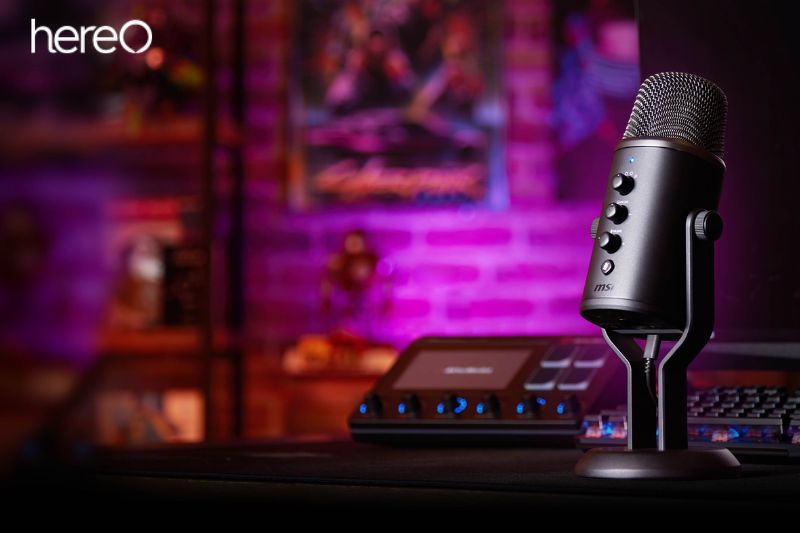
Leakage
Omnidirectional microphones might not be the best option in a multi-mic arrangement. In these circumstances, “leakage” seems to be the buzzword that is frequently used, and unidirectional mics would be the ideal solution.
However, an omnidirectional mic would frequently perform better due to its lower vibration, handling, popping, and wind noise levels as well as the absence of bass accumulation. They can even be worn upside down or right side up this is a characteristic of omnidirectional wireless lavalier microphones.
Channel Separation
An omnidirectional microphone typically produces less accurate channel separation than a directional microphone. Omni microphones capture sound from all directions, which explains why. Therefore, the ratio of indirect to direct sound with omnidirectional microphones may be disappointing if channel separation is needed.
Low-frequency response
The lower frequencies response of these two microphones is the third distinction. Compared to a unidirectional microphone, an omnidirectional microphone has a slower frequency response.
Kick drums and bass guitars both tend to have very low frequencies and require larger microphones to provide acceptable results, hence both omnidirectional and unidirectional microphones can be found in these instruments.
Distortion
When working with high SPLs in near miking circumstances, directional microphones tend to distort more than omnidirectional microphones, which is especially essential.
Proximity effect
Omnidirectional microphones are seen to be a preferable option in this situation since they have less wind noise, less popping, no bass building often brought on by proximity effect, less handling noise, and they may be used either upside down or right side up.
What Occasion Should They Be Used?
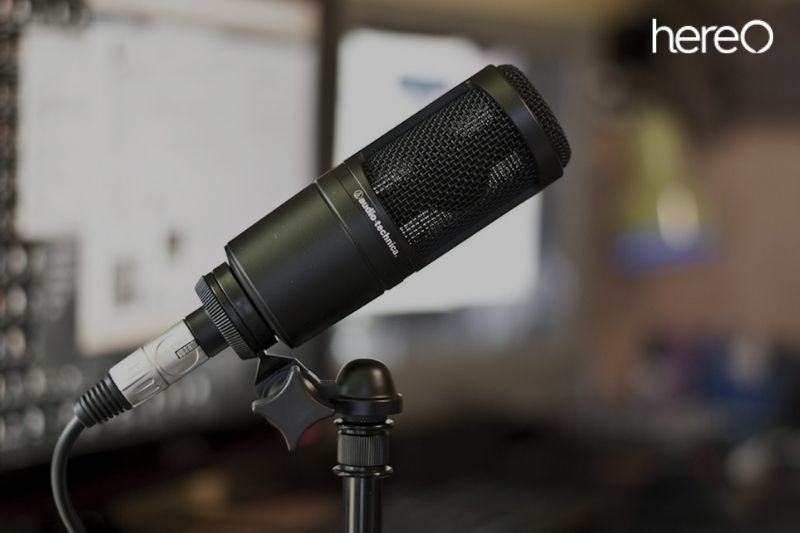
Unidirectional microphone
The unidirectional microphone is also known as a directional microphone since it only records wind noises originating from one direction. Because this type of microphone is so sensitive, it won’t record wind noise coming from behind the microphone unless it is extremely loud.
Unidirectional microphones have very low noise levels, making them ideal for webcasting or video chatting.
If you need a unidirectional microphone, for example, in presenting the event, this will be a perfect option because your audience will hear everything that is recorded, but other people won’t hear anything.
Additionally, because these unidirectional microphones don’t need much space between the speaker and the microphone in order to catch the speaker’s voice with acceptable clarity, they are helpful if you need to record some crucial information from a person who cannot speak directly into the microphone.
A microphone of this kind is ideal for large group discussions. Only recording it would be beneficial because unidirectional microphones perform admirably in such circumstances.
Omnidirectional Microphone
As I previously stated, omnidirectional microphones record sounds from all directions; they are made to record the entire scene, so any noise picked up by nearby directional microphones will also be recorded.
Therefore, directional microphones should be utilized in instances where it’s important to avoid recording extraneous sounds.
However, as high-quality omnidirectional microphones are more expensive than directional ones, a directional microphone will perform nicely and won’t cost too much if you want to capture everything happening in the room.
This sort of omnidirectional microphone can only be used when the participants in the conversation are silent or not talking at the same time because in some circumstances, if the quality omnidirectional microphone is simply one loud voice, a directional microphone would be improper.
FAQs about Omnidirectional Microphone vs Unidirectional
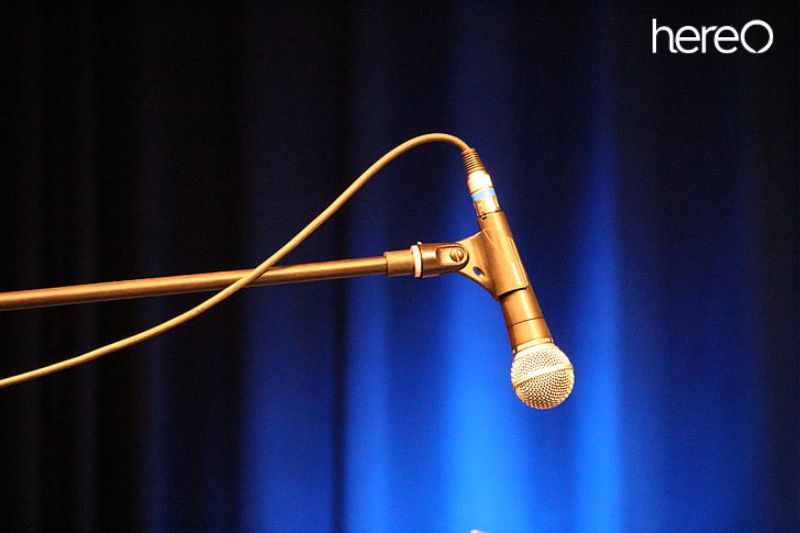
What is a disadvantage of omnidirectional mics?
The only significant drawback of utilizing an omni microphone is the possibility that it will pick up undesired noises. However, this effect is typically deliberate due to the omni mic’s construction.
What’s the difference between omnidirectional microphone vs cardioid?
Omnidirectional microphones reliably record sound coming from all directions. It makes no difference where the sound source is—behind, in front of, or next to the mic. Cardioid microphones feature a pickup pattern resembling an upside-down heart; they primarily pick up sound from the front, less effectively from the sides, and not at all from the back.
Is unidirectional or omnidirectional better?
Due to its ability to cancel out unwanted sound, a unidirectional microphone is frequently preferable over an omnidirectional one. A unidirectional mic will enable you to more clearly record a single person’s voice if it is the only thing you are recording.
What sound does an omnidirectional mic pick up?
An omnidirectional microphone can readily capture ambient sound. When an actor needs to move their head while filming, they are occasionally employed on set. In this manner, the voice’s clarity won’t be diminished.
Conclusion
In conclusion, it’s important to understand the difference between unidirectional and omnidirectional microphones when making a decision for your project. While both types of microphones have their advantages and disadvantages, it ultimately depends on the size, sound quality, and budget of your project.
HereOfamily hope you enjoy reading this article. Thank you!
